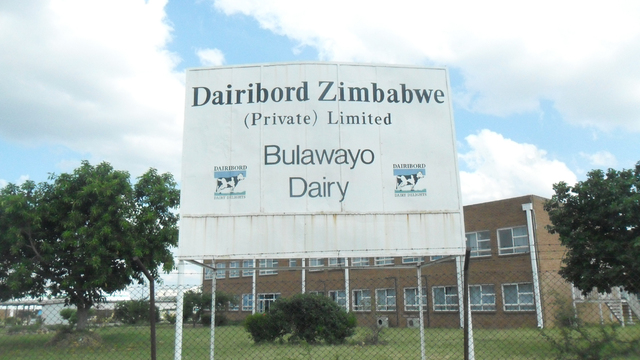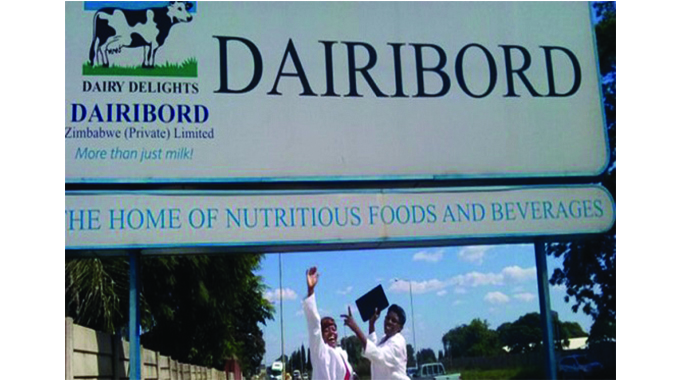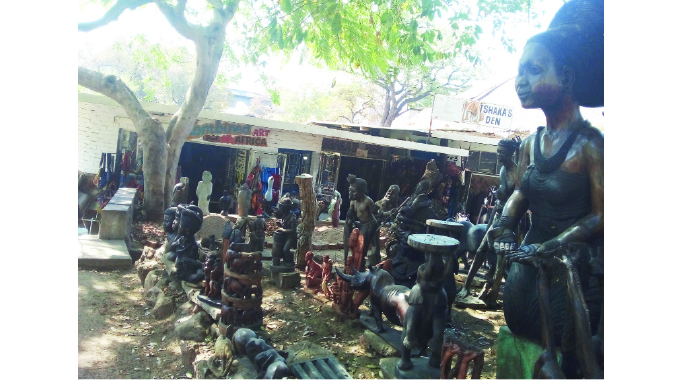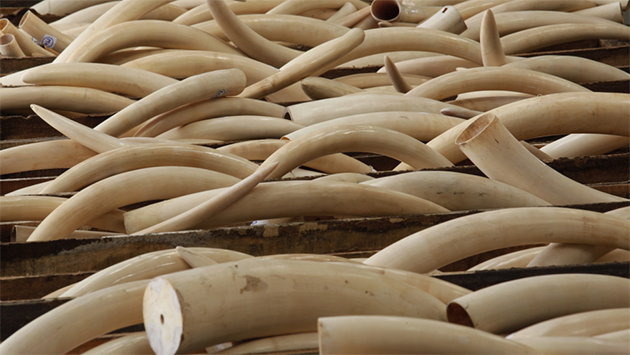Beverages units bolster Dairibord volumes

Senior Business Reporter
DIVERSIFIED manufacturing firm, Dairibord Holdings, says its beverages units contributed 62 percent of total volumes, affirming the growing contribution of non-milk product categories and positive impact of product portfolio diversification.
To leverage on that, the group said its main thrust was now on volume consolidation to close the gap between demand and supply in most product categories while enhancing cost containment.
“Growth will be largely driven by the beverages and foods, benefiting from the commissioning of plant and equipment for additional processing capacity in the third quarter of the year,” said the company.
“The group will also focus on realignment of its route to market to increase cash receipts, local US dollar sales and exports.”
In its financial statement for the first-half of the year ended June 2022, Dairibord said liquid milk product contribution to total volume was 28 percent, foods 10 percent and beverages 62 percent.

Dairibord Zimbabwe Limited
“This affirms the growing contribution of non-milk product categories and product portfolio diversification, in line with our “more than just milk” strategy,” said Dairibord.
The firm says it has retained its position as the processor of food products with the highest milk intake, but at lower levels.
It has elevated initiatives for aggressive milk supply development for low cost and high-volume milk production.
“The long term benefits will be competitive local milk prices, import substitution of milk powders and opportunities for export growth.
“Demand for our products remained firm across all categories. Overall sales volumes for the period grew 11 percent ahead of the same period last year. 40 percent of the total sales volume was sold in foreign currency, with eight percent going into the export markets and 32 percent through the domestic market,” it said.
During the period under review the group said it experienced significant cost increases on account of imported inflation and price volatility arising from exchange rate movements.
Cost of sales grew by 37 percent in inflation adjusted terms driven by sharp increases in material costs and utilities. Overheads grew by 30 percent but the increase was at a rate lower than revenue growth, benefiting from management’s cost containment initiatives.
“Resultantly, the group’s operating profit grew 140 percent (historical: 312 percent) to $1,26 billion (historical: $1,20 billion) compared to $524 million (historical: ZW$292 million) in the prior year,” said the group.
“The operating profit margin for the period was seven percent up from four percent in the prior period (historical: 10 percent from percent in prior year).”












Comments